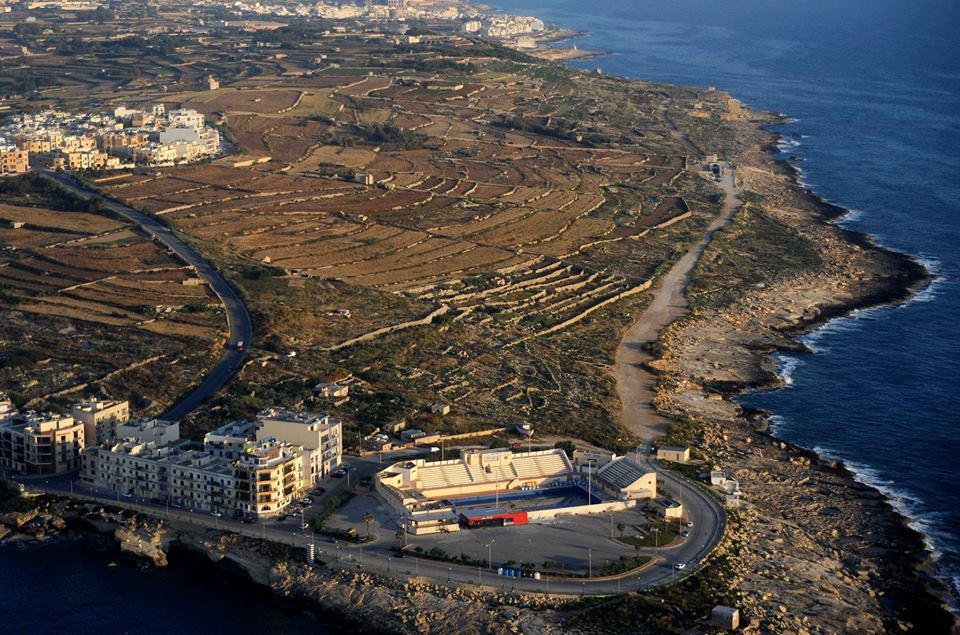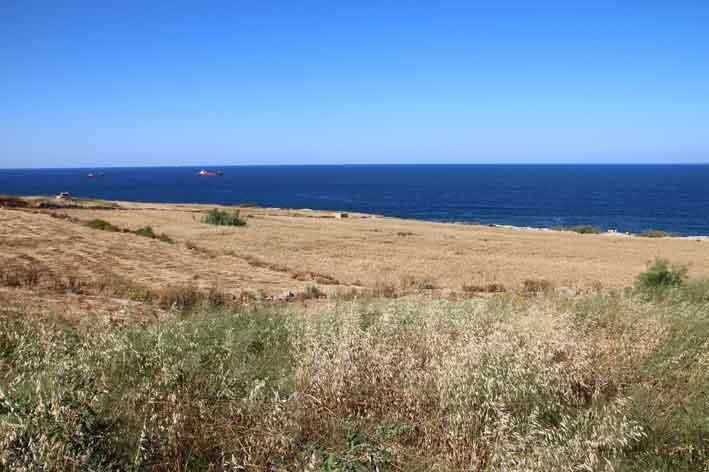The controversial Zonqor university project could be approved by the planning authority after a “feasibility” clause was introduced in the new, “weakened” structure plan, environmentalists are warning.
The Strategic Plan for the Environment and Development (SPED) is to replace the 1992 Structure Plan, currently considered to be the Mepa bible and the go-to document for members of the planning board, especially in appeals cases. Environmentalists have pointed out that the document not only lacks the detail and safeguards found in the 92’ Structure Plan but has recently also been amended to include a feasibility clause which is highly subjective and could open the doors to abuse.
SPED was approved at parliamentary committee stage last week, and will now be discussed in plenary. The process to renew the Structure Plan, which covered a 20-year period, was taken forward in 2012 with a public consultation exercise. The policy objectives were put up for consultation and were supposed to serve as the pillars for the new structure plan. Following the 2013 general election, the government said it would be reviewing the process. However, in 2014 the government announced that the 2012 objectives were to be the actual replacement of the structure plan and just put them back for consultation as the new draft plan, without any detailed policies.

Apart from this, most of the proposals put forward by eNGOs and other entities had been ignored. A few proposals were only included in the revised version very recently at the committee stage, despite strong opposition by some government members. At first glance, this might have seemed to be a small victory for the environmentalists but a number of other new amendments pushed forward by the government have weakened the document, increasing the chance of planning abuse. These amendments include a clause stipulating that vacant land can be used if no “feasible alternatives” exist.
The revised document now says: “The sustainable use of land and sea resources depends on the efficient use of available space. In preparing policies, plans and programmes the government will adopt a sequential approach to the use of land where development should be guided:
• Firstly to the re-use of existing developed land and buildings (through change of use)
• Secondly to re-development of existing developed land and buildings, and
• Finally, where no other feasible alternatives exist, to the use of vacant land

A source said SPED provides much weaker guidelines to the planning authority than the existing Structure Plan. “Paragraphs giving clear guidelines on planning applications have been replaced by vague terminology in SPED. It is more subjective to interpretation. Besides, you do not base planning policies on the feasibility of particular projects. This is a total loophole and projects like Zonqor might be able to go through thanks to it.”
The government has already stated that the American University of Malta project is only feasible if developed on the ODZ land in Zonqor. This could be used as a pretext to approve the project.
In maps forming part of the new SPED document, Zonqor is designated as an area of High Landscape Protection. One of the Rural Objectives of SPED states that such areas should not be touched:
“To guide development which is either justified to be located in the Rural Area in approved government policies, plans or programmes, or is incompatible with urban uses and where alternatives are not possible, to the Rural Area away from protected areas and areas of high landscape sensitivity, preferably on Areas of Containment, previously developed land or existing buildings while ensuring the improvement of the quality of the rural environment by...”
The Zonqor project goes against this principle but the “feasibility” loophole, which goes against the spirit of the above, could be applied to give the green light to the project.

Local Plans vacuum
Another issue is the fact that the current local plans refer to the 1992 Structure Plan, not the SPED. The new local plans, which are under revision, are expected to be published sometime next year while SPED could be approved at the third (and final) reading stage in a couple of weeks. This means that SPED would come into force, making the old Structure Plan policies redundant, while not including their replacements.
Local Plans aim at regulating development both on a regional level and also on localities. They are meant to safeguard land for a range of identified activities giving due regard to their context, inter-compatibility and to promote certain types of investment in identified areas. They also earmark areas for residential accommodation, urban regeneration, social and community amenities, promotion of tourist activity, recreational facilities, employment opportunities, utilities management and safeguarding of cultural and natural heritage.
The eNGO Din l-Art Helwa came up with two proposals – either create a transition clause which would retain the existing Structure Plan policies in force – along with SPED – until the new policies are published in the local plans, or publish SPED and the new local plans at the same time, when they are both ready.
The government, however, only accepted the transition clause in the case of one policy, UCO7. “In the interim period to the adoption of the new local plans, the provisions of policy UCO7 of the 1992 Structure Plan shall remain in force as a guide to development proposals on scheduled buildings.” Din l-Art Helwa is arguing that the transition clause should also be applied to other Structure Plan policies such as TRA4, which deals with parking standards, or BEN 1 on bad neighbourliness, as the SPED does not provide an adequate replacement to these policies.
This vacuum could lead to abuse, the NGO say, as the safeguards and boundaries provided by the Structure Plan policies will be weakened.

SPED should be reopened
Environmentalists said that as SPED is totally inadequate for the task, it should be reopened and redrafted. “The policy aspect was left out. It needs clear guidelines and a proper timeframe for implementation. It says that it will be reviewed in five years but has no expiry date. The Mepa board and Appeals Tribunal need something more solid on which to base their decisions.”
They compared it to the Law Courts, where judges and magistrates refer to the code of laws to make the correct decisions. “In the case of Mepa, the board members will have to rely on an inadequate policy with SPED in its current form. Why is the Structure Plan being replaced by something far inferior? Why is the government dealing with the planning sector in this manner? Why are the rules not set out clearly?”